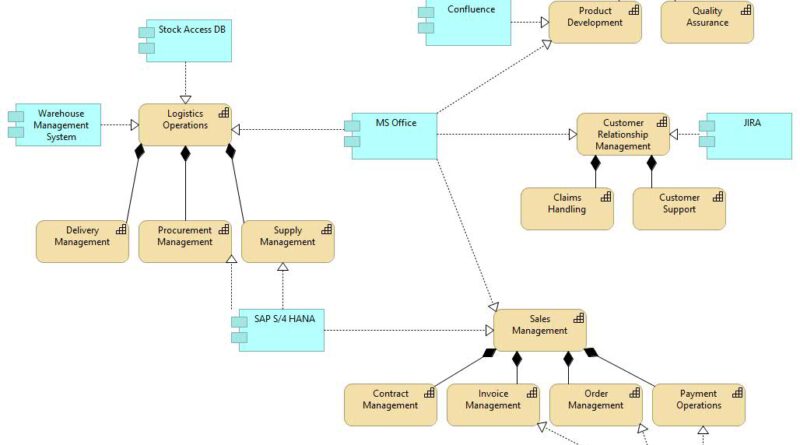Paper accepted at EMMSAD’23
At this year’s EMMSAD, Jürgen will present the results of an experiment with some students to evaluate if the concept of EA Debts is beneficial. Therefore, one group of students was taught the concept of EA Debts, and the other group was not. Then, the students should model an EA with given requirements, and the models were checked for quality by EA experts.
Abstract
The Enterprise Architecture (EA) discipline is now established in many companies. The architectures of these companies changed over time. They resulted from a long creation and maintenance process containing processes and services provided by legacy IT systems (e.g., systems, applications) that were reasonable when they were created but might now hamper the introduction of better solutions. To handle those legacies, we started researching on the notion of EA debts, which widens the scope of technical debts to organizational aspects. However, no studies have yet been conducted to validate if the concept of EA debts has a positive influence. Within this work, we have experimented with students of an EA course. Half of the students were taught the concept of EA debts, while the other half was taught about another topic simultaneously. Afterward, the students performed a modeling task graded by EA experts among the criteria of effectiveness, comprehensibility, minimality, and completeness. The analysis revealed no significant difference between the quality of the created models by the different student groups.
Related Publications
A First Validation of the Enterprise Architecture Debts Concept Proceedings Article
In: Bork, Dominik; Proper, Henderik A. (Ed.): International Conference on Business Process Modeling, Development and Support, pp. 217-226, Springer, 2023.
